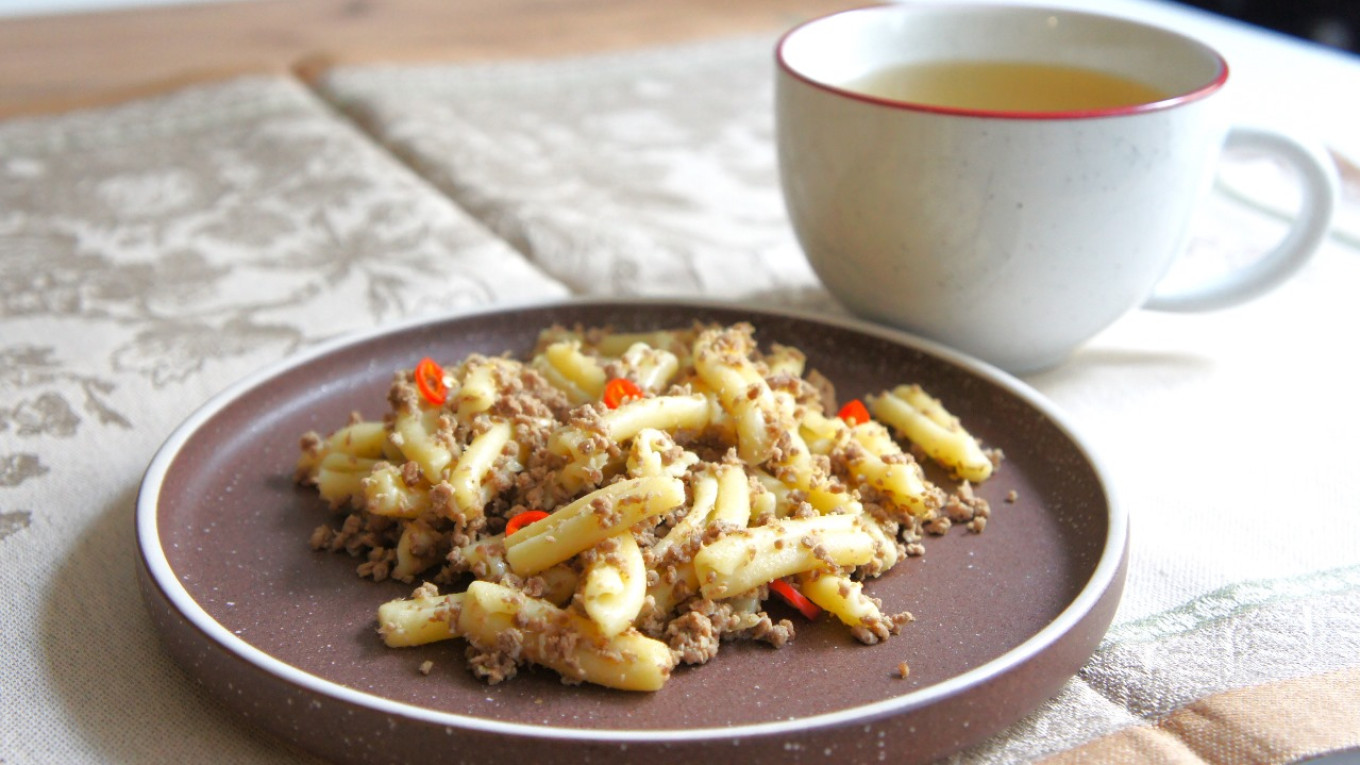In the Soviet period food didn’t get much public attention. Like the rest of daily life, it paled in the glow of lofty communist philosophy. But that's strange.
It would seem that the topic would be perfect to blot out memories of the “glorious” past. After all, food riots in Russia were precursors to the proletarian revolution. Through all that, one dish somehow became a symbol of Russian cuisine.

It is simple, quick, and can even be made by an inexperienced home cook. But its history is not old at all. And its taste is a legacy of war.
Macaroni became famous in Russia in the late 18th century thanks to Grigory Potemkin. In Odessa in 1797 he opened the first factory producing this unusual product. To be fair, the word “factory” is a bit of a misnomer, because almost everything was done manually.
Macaroni was dried in the sun and then moved indoors at night. The first machine for drying spaghetti would be invented in Italy only 15 years later. All the same, the new dish became popular even among Muscovites.
For example, the owner of the Muranovo estate near Moscow, General Lev Engelhardt, in 1811 gave his cook a written order to buy “3 pounds of macaroni” to celebrate his birthday. Today this handwritten note is preserved in the Lobachevsky Library at Kazan University. But how was macaroni prepared then? Probably like in this recipe from the ancient book “The Paris Cook, or A Cookbook Containing Everything Related to City Cuisine,” which is in the library of.
















